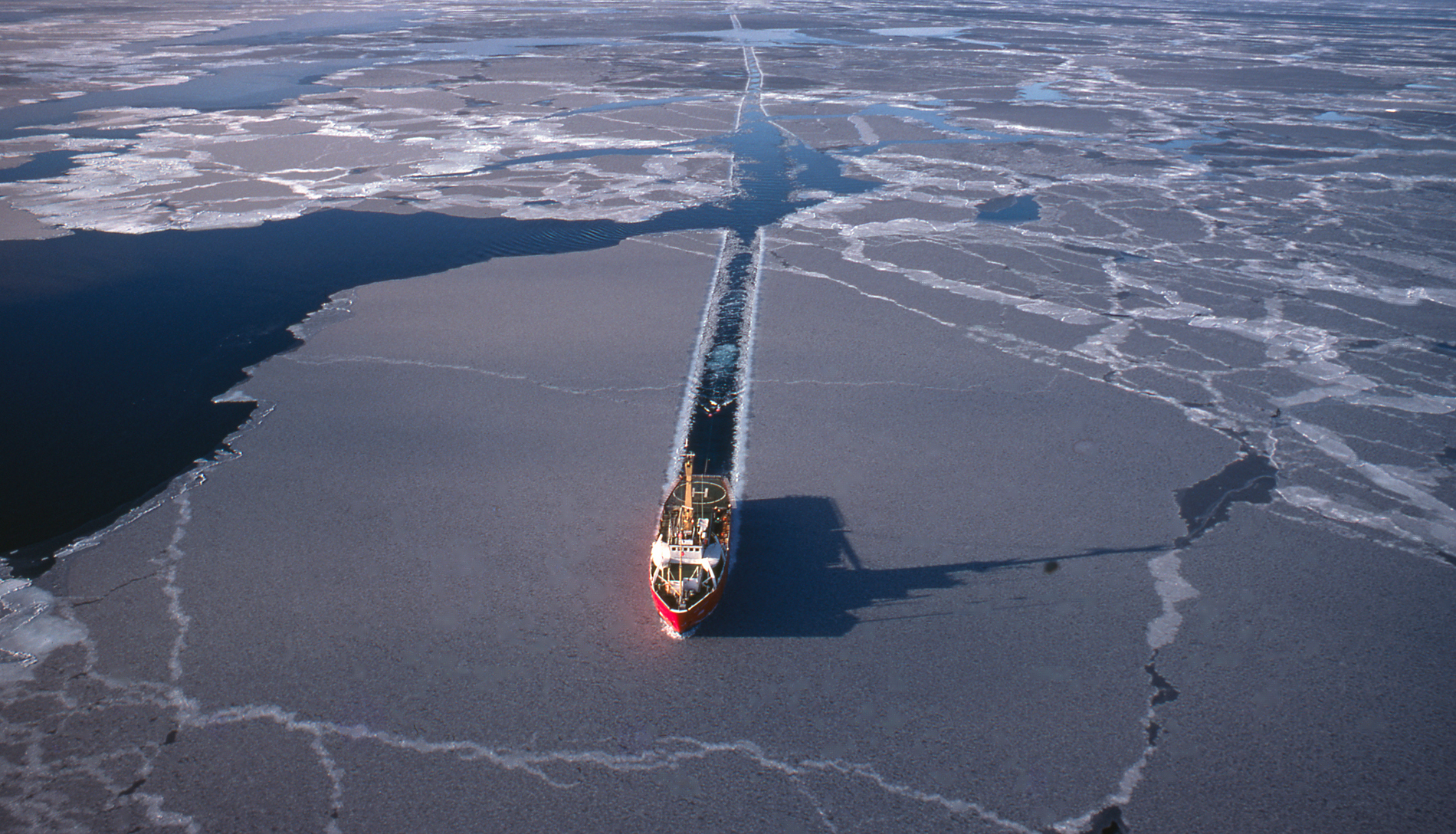Recent developments send mixed signals about the future of Arctic shipping

On March 8, “decision-makers” in the shipping industry will gather in Montréal for the 10th Arctic Shipping Summit. Despite this being only early March, there have been plenty of developments this year for them to go over, not all of them entirely positive.
Tops on the list, particularly for the “end-user” crowd the two-day gathering seeks to attract, will be the Polar Code, a set of mandatory guidelines for shippers that came into effect on January 1.
The emergence of the Polar Code underscores the increasing attention being given to Arctic shipping, but it also gives shippers new rules they must abide by, and some in the industry say doing so adds costs that make polar routes less economical. Those who sail there can expect more rules to come their way; even the Polar Code’s biggest supporters believe further updates will be necessary before it can live up to its goal of making shipping safer for the environment, passengers and crew members.
Conservation groups are pushing particularly hard for a second iteration to include a ban on heavy-fuel oils, which produce soot that is both a health hazard and may contribute to global warming. In the event of an accident, HFOs would also be particularly damaging to the environment. Some shipowners have expressed a willingness to change to cleaner fuels, but cost is an object to doing so voluntarily.
[EU wants ban on heavy fuel in Arctic]
As far as the business of shipping goes, the news of late has been hit and miss. Transit traffic on the Northern Sea Route, north of Russia, was up by a third last year, with 19 ships, seven of them Russian, making the voyage, according to the Northern Sea Route Information Office, a Murmansk-based outfit that is maintained by Norwegian backers in the public and private sectors.
The total volume of traffic, local and transit, surpassed 7 million tonnes, about half related to oil production in the region, according to the NSR Administration. Given the projected growth of oil, natural gas and coal production, the official expectation is that this can grow ten-fold by 2025.
Less encouraging, particularly for those who see the NSR as an emerging alternative to the Suez Canal, is the official outlook that transit volumes are unlikely to contribute much to this increase.
[Despite potential, shipments from Europe to Asia transiting the Northern Sea Route remain rare]
“I do not believe that in today’s environment there is any potential in terms of the transit, but if we talk about the delivery of goods from the Arctic zone to the Asia-Pacific region and back, well then, of course, there is,” Alexander Tsybulsky, the deputy economic-development minister, said during a public event this week, according to Port News, a Russian industry news site.
While discussions about the NSR tend to focus on how much traffic will grow, the question, when it comes to the Northwest Passages, running through Canadian territory, is more of when, or even whether it will happen. This, according to a paper, published in December, is with good reason.
Despite a few, heralded transits in recent years, most notably the Crystal Serenity, a luxury liner, this past summer, transit traffic remains relatively low; along the northern passage, where dangerous multi-year ice is common, it is mostly non-existent.
The finding was somewhat unexpected, but it suggests, according to the authors, that even though the northern route has become more navigable, particularly since 2007, traffic there is likely to remain low for the next few decades.
The good news in all of this is that shippers will at least have something to look forward to for many summits to come.